Caring for repairing strawberries in the fall
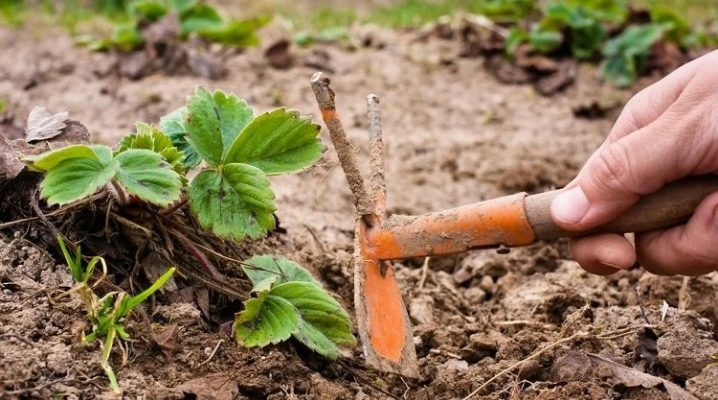
In recent years, gardeners have increasingly grown remontant strawberries, which allow them to harvest juicy tasty berries several times per season. To enjoy a bountiful harvest, this crop must be carefully cared for. It is on how the plants winter that the fruiting for the next season largely depends.
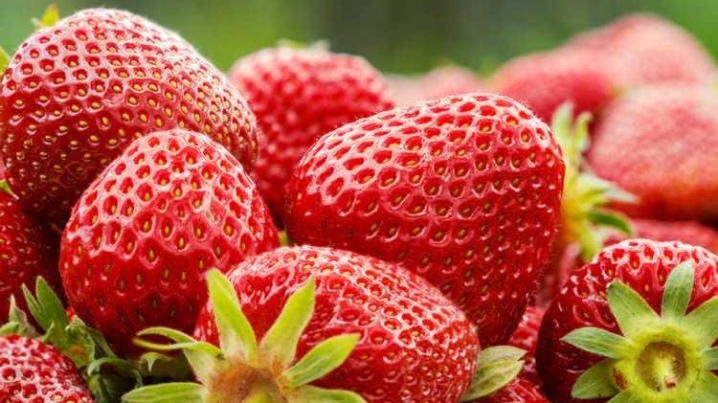
Peculiarities
The repair strawberry is distinguished by its ability to bloom continuously. The plant can bear fruit twice a season, and some varieties do it even more often. The best varieties yield sweet berries from mid-May until the first frost. The first harvest usually accounts for only 30%, but next time gardeners can pick 2-2.5 times more berries. Such intense fruiting depletes the plant. He has to spend a lot of energy on the formation of berries and their ripening. Therefore, in the fall, the plant needs careful care. Repaired varieties need to be watered more often, fed more often, loosened more often and regularly remove the mustache.
If you are only planning to grow remontant strawberries in the spring, then in the fall you need to start preparing new beds. These works are carried out in the first half of September. At this moment, fresh grass, manure and mineral fertilizers must be added to the ground. A garden bed prepared in this way provides a rich harvest of remontant strawberries for at least the next three years.
For already existing berry growers, pre-winter care consists in removing all that is superfluous - that which can prevent remontant garden strawberries from gaining strength for a full winter rest. At this stage, you need to remove all the whiskers that will not have time to take root before the onset of winter.
To ensure future yields from September to November, the crop will require intensive watering, top dressing and mulching.
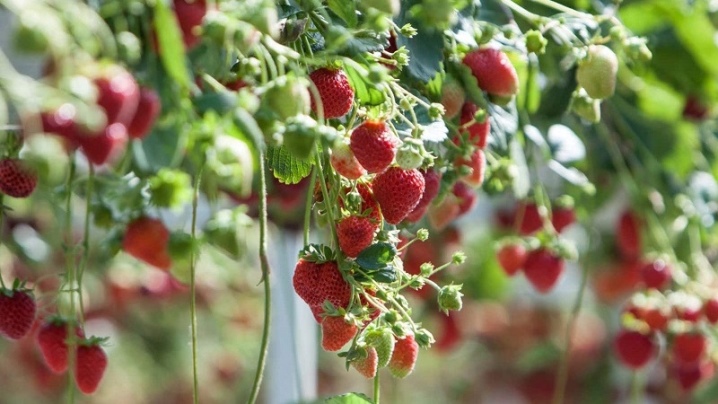
Watering
Like any vegetative crop that has already borne fruit, remontant strawberries are watered in the autumn as needed. In October, you need to perform three water-charging irrigations once a week. But if it is rainy weather, then you do not need to do this. In this case, the soil, even without artificial irrigation, is saturated with moisture to the very roots.
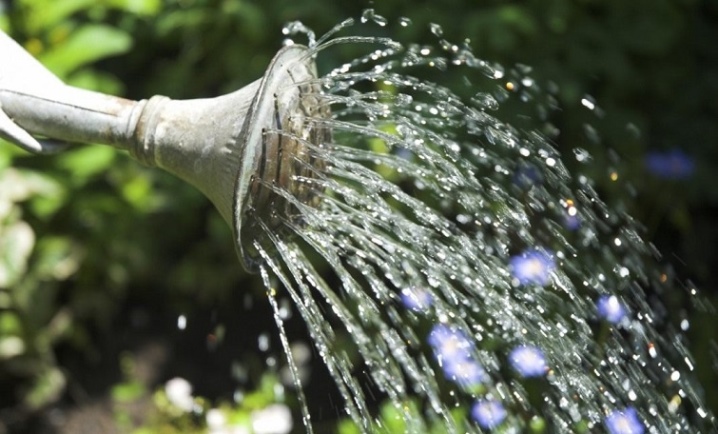
Loosening and mulching
Loosening is an obligatory stage in preparing remontant strawberries for winter. It is held in the second half of October or early November. Such treatment brings the larvae of many pests and fungal spores out into the open air, and they die under the influence of low temperatures. Thus, autumn loosening becomes one of the stages in the prevention of diseases of berry crops and insect damage.

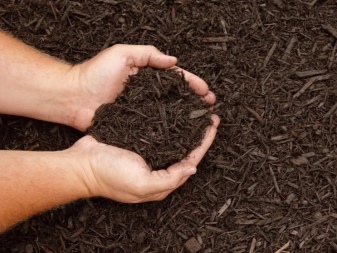
Top dressing
In order for the plant to gain strength after active fruiting, it needs top dressing. Fertilizers are applied in September-October. At this moment, the berry bushes do not need nitrogen: it causes a rapid build-up of green mass. In the autumn period, this is fraught with the fact that young shoots will not have time to get stronger before the cold weather, and this can lead to the death of the bush.
At this time, it is best to use specialized ready-made complex formulations. Preparations labeled "autumn" or "autumn" are suitable, they are produced by most of the well-known manufacturers. Such mixtures contain all the substances necessary for horticultural crops in optimal proportions. You can also prepare your own fall dressing.To do this, mix potassium sulfate and superphosphate in a ratio of 2 to 3. Spread the mixture evenly between the bushes, close up, and then watered abundantly. The plantation needs to be fertilized at the rate of 50 g of top dressing per square meter.
You can feed the berry with a mixture of organic matter and mineral preparations. In autumn, a mixture of 2 tbsp. Can be added to the aisles. l. superphosphate, 1 cup wood ash powder and diluted mullein (1 liter per bucket of water).
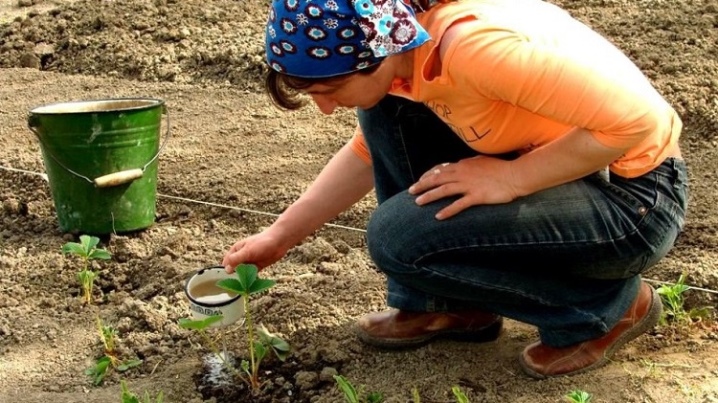
The nuances of trimming
When it comes to ordinary garden strawberries, summer residents have no consensus about whether to trim the mustache in the fall. There are no disputes with the remontant. Pruning of this plant is carried out only if the strawberry needs it.
In any case, full pruning of remontant varieties is not recommended; strawberries should not remain mussel free. This will greatly shorten the fruiting period for the next year. The only thing that must be cut off from remontant strawberries after the arrival of the first frost is belated flower stalks.
Pruning is best done with a special pruner or sharpened scissors. Do not pick off mustaches, peduncles and leaves with your hands. Work must be carried out as carefully as possible, trying not to harm the roots. The removed plant residues are best placed in a compost heap. Leaving them in the beds is not worth it, as this can cause the appearance of fungus.
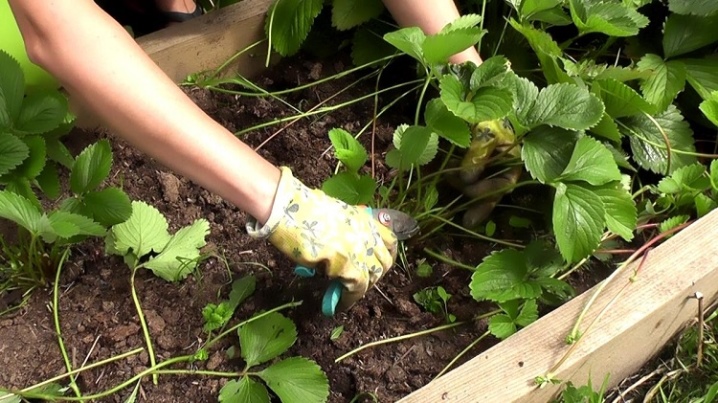
Treatment
If during the spring-summer period the plant faced problems of diseases or the activity of insect pests, then there is a high risk that the problem will repeat itself next season. Insect larvae and fungal spores, having overwintered in the ground, with the first heat, become more active and begin their destructive activity.
To prevent this from happening, pesticides are used. Autumn spraying is absolutely safe, since during the long winter months the preparations will disintegrate and, together with melt water, will be removed from the ground. The choice of a specific remedy depends on what kind of disease the strawberry has encountered.
So, from powdery mildew help:
- "Sulfaride": 2 tbsp. l. the drug is diluted in a bucket of water and sprayed in September;
- colloidal sulfur: 100 g of substance per bucket of water, processing is carried out in early autumn.
For spotting and rot, use:
- "Topaz": the working composition is prepared on the basis of 1 ampoule of liquid dissolved in 10 liters of cold water;
- "Nitrafen": bushes are subject to processing, as well as the soil under them (for this, 200 g of the drug is diluted in 10 liters of water).
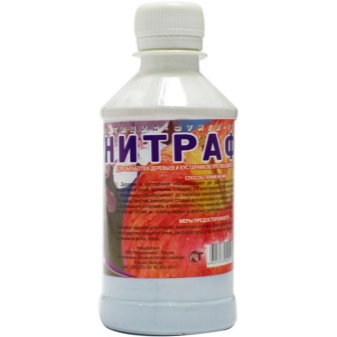

Other formulations are used for pests of garden strawberries.
- "Metaldehyde". Fights snails and slugs. For processing one square meter of substrate, 5 g of the product is enough.
- Karbofos. Helps with ticks. The solution is prepared from 75 g of the drug, diluted in a bucket of water.
- Actellik. Saves from whiteflies and weevils. To destroy insect larvae, 2 ml of the product is diluted in a bucket of water.
- "Fas". A highly effective drug is prepared at the rate of 5 ml of the composition per 5 liters of water.
If the plants during the growing season did not encounter diseases and were not attacked by pests, for prevention it is better to treat them with safe drugs:
- growth stimulants "Zircon" and "Epin";
- natural defenders of berry crops "Fitoverm-M" and "Aktofit";
- effective microorganisms: they saturate the substrate with useful microelements and form a microenvironment favorable for root growth.

Preparing for winter
To prevent planting of remontant strawberries from freezing during the winter months, they must be properly covered even before the onset of stable frosts. It is necessary to carry out these manipulations immediately after removing all dry leaves, the last feeding and abundant water-charging irrigation. However, you should not rush to cover the garden: it is better to do these manipulations after the first frost. A bush that has been exposed to mild sub-zero temperatures will be more hardened and will endure the winter more easily.
The repairing strawberries are covered with a layer of mulch 10-15 cm thick. In this case, it is not the bushes themselves that need to be closed, but the ground around them, then the protection will be as effective as possible. The choice of materials for winter mulching is varied.
- Lapnik or needles. Coniferous needles do not stick together or get wet, therefore they create effective protection of the soil from drying out and freezing. In addition, by mixing with the soil, the needles make the substrate looser and more permeable to water.
- Straw. An efficient material that retains heat for a long time and also decomposes slowly. Mixing with the soil, it enriches the soil with useful macro- and microelements, thereby contributing to an increase in its fertility. However, straw has a significant drawback - it attracts rats, mice and other rodents.
- Compost. Rotten organic matter obtained during the decomposition of plant residues gives good protection to remontant strawberries. It retains heat well, saving the culture from frost. And besides, it reduces the risk of culture damage by fungal infections. In springtime it acts as a good top dressing.
- Dry leaves. This material can only be used if the leaves are completely healthy. As they decompose, they enrich the soil with nutrients. Important: this method of sheltering the garden is relevant only in regions with severe winters. If the winter is mild and damp, then the fallen leaves begin to rot, and this causes the active reproduction of fungi.
You can cover strawberries for the winter with artificial materials, for example, spunbond. The material must be pulled over the installed low arcs or pegs. If you lay the agrofibre directly on the plants, then in the places of contact with the leaves, the strawberries will freeze.
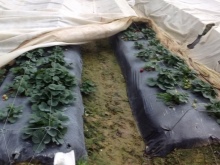
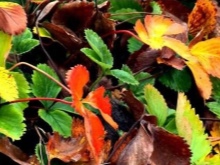














The comment was sent successfully.